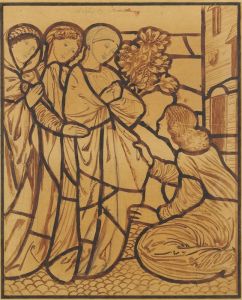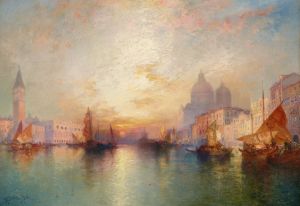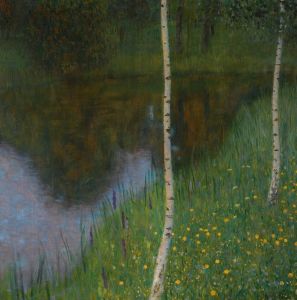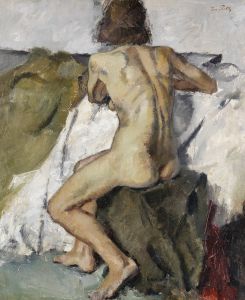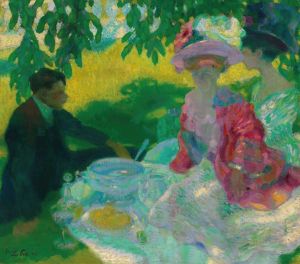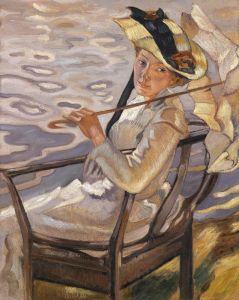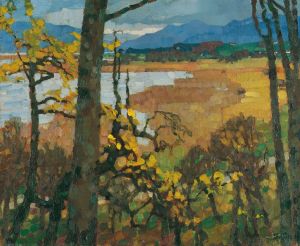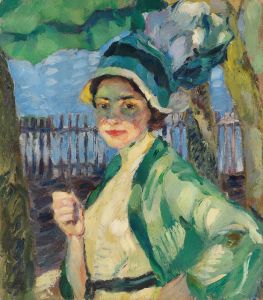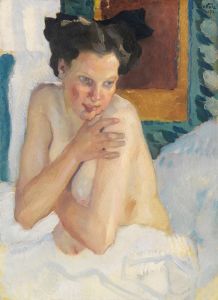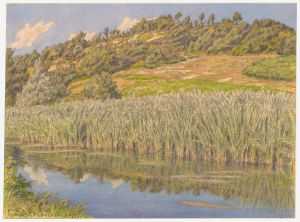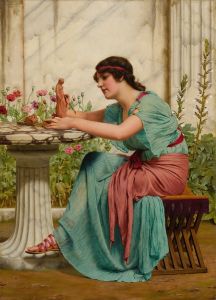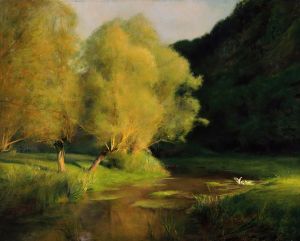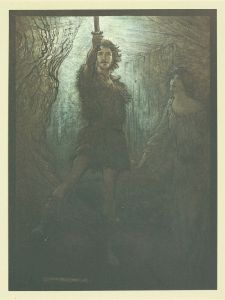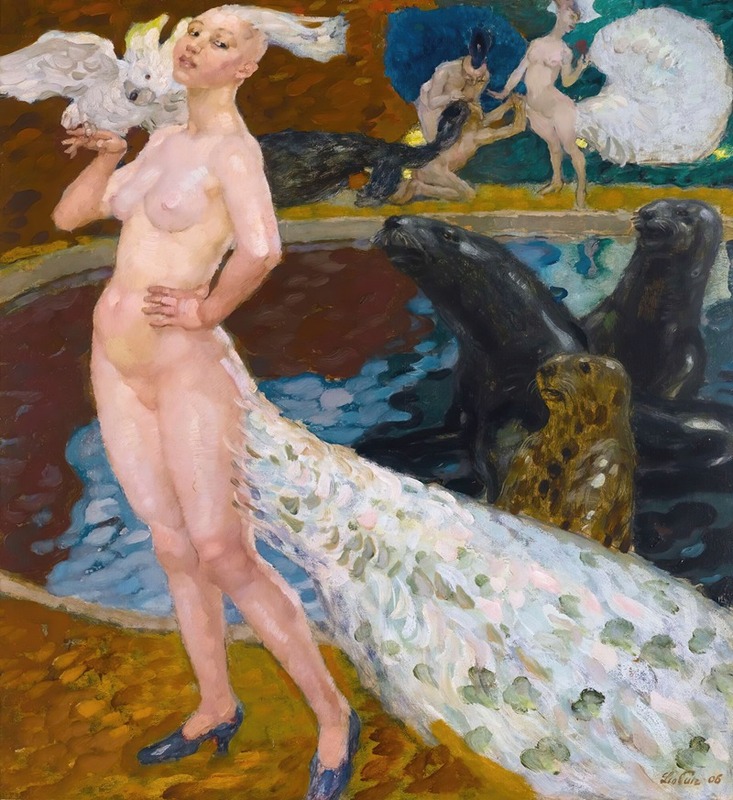
The Enchanted Garden
A hand-painted replica of Leo Putz’s masterpiece The Enchanted Garden, meticulously crafted by professional artists to capture the true essence of the original. Each piece is created with museum-quality canvas and rare mineral pigments, carefully painted by experienced artists with delicate brushstrokes and rich, layered colors to perfectly recreate the texture of the original artwork. Unlike machine-printed reproductions, this hand-painted version brings the painting to life, infused with the artist’s emotions and skill in every stroke. Whether for personal collection or home decoration, it instantly elevates the artistic atmosphere of any space.
Leo Putz was an Austrian painter known for his contributions to Impressionism and Art Nouveau. One of his notable works is "The Enchanted Garden," a painting that exemplifies his style and thematic interests. Born in 1869 in Merano, which was then part of the Austro-Hungarian Empire, Putz studied at the Academy of Fine Arts in Munich, where he was influenced by the prevailing artistic movements of the time.
"The Enchanted Garden" is a reflection of Putz's fascination with nature and the human form, common themes in his body of work. Although specific details about the painting's creation, such as the exact year it was painted, are not widely documented, it is consistent with Putz's style during the early 20th century. This period was marked by his transition from Impressionism to a more decorative Art Nouveau style, characterized by fluid lines and a vibrant color palette.
Putz's work often depicted idyllic scenes, capturing the interplay of light and shadow with a keen eye for detail. "The Enchanted Garden" is no exception, as it showcases his ability to blend natural elements with a sense of mysticism and tranquility. The painting likely features lush greenery and figures that seem to be in harmony with their surroundings, a common motif in Putz's exploration of the relationship between humans and nature.
Throughout his career, Putz was associated with the Munich Secession, a group of artists who broke away from traditional academic art to pursue more modern and innovative approaches. This affiliation influenced his artistic development, allowing him to experiment with different techniques and styles. "The Enchanted Garden" can be seen as a product of this creative freedom, embodying the principles of the Secession movement through its emphasis on aesthetic beauty and emotional expression.
Putz's contribution to the art world extends beyond his paintings. He was also an influential teacher, mentoring a new generation of artists and helping to shape the direction of early 20th-century art. His legacy is preserved in various collections and exhibitions, where works like "The Enchanted Garden" continue to be appreciated for their artistic merit and historical significance.
In summary, "The Enchanted Garden" by Leo Putz is a testament to the artist's skill and vision. While specific details about the painting's provenance may be limited, its existence within Putz's oeuvre highlights his enduring fascination with the natural world and his ability to capture its beauty through art. The painting remains a valuable piece of cultural heritage, reflecting the artistic trends and innovations of its time.





